NASA’s DAVINCI probe will be first in 21st century to brave Venus’ atmosphere as it descends from above the planet down to its surface.
Category: space – Page 146
Russian Cosmism | Nikita Petrov & George Young
And Patreon: https://www.patreon.com/nikitapetrov.
00:01:27 What is Russian cosmism?
00:12:51 The religious side of cosmism.
00:17:13 Cosmism as a response to the challenges of the 20th century.
00:25:20 Nature as a temporary enemy and eternal friend.
00:40:21 Pavel Florensky, the Russian da Vinci.
00:46:08 Plant life as a spiritual ideal.
00:51:17 The father of the Soviet space program, and his weird spirituality.
01:03:59 Cosmism and transhumanism: Compare and contrast.
01:09:01 Cosmism as a Russian propaganda project.
Watch this conversation on MeaningofLife.tv http://meaningoflife.tv/videos/36257
Nikita Petrov (MeaningofLife.tv) and George Young (University of New England, The Russian Cosmists)
Recorded on 09/06/2016.
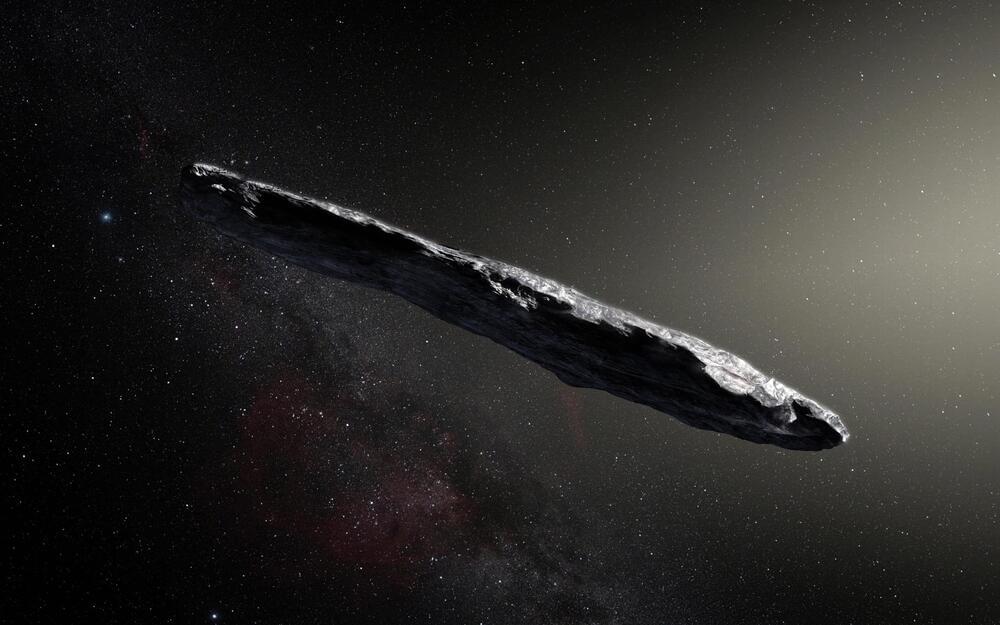
Cosmic Chameleons: Mysterious “Dark Comets” May Hold Clues to Life’s Origins on Earth
Researchers have doubled the number of known dark comets, identifying two distinct types: larger ones in the outer solar system and smaller ones in the inner solar system.
This discovery raises new questions about their origins and their role in delivering life-sustaining materials to Earth.
Dark Comet Discoveries
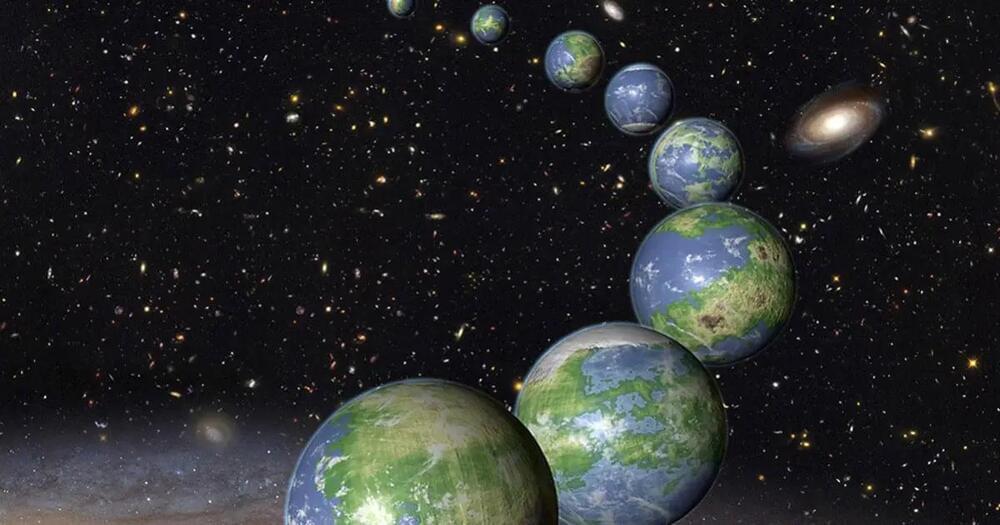
There may be 6 billion Earth-like planets in our galaxy alone, scientists make stunning estimate
Could there be billions of Earth-like planets in our galaxy? A groundbreaking study by researchers from the University of British Columbia (UBC) estimates that the Milky Way might host as many as 6 billion planets similar to Earth. This calculation is based on data collected during NASA’s Kepler mission, which observed over 200,000 stars from 2009 to 2018.

International Space Station observes something unknown 55 miles above Earth
High overhead, there is a layer of the atmosphere called the mesosphere. It is located roughly 31 to 55 miles above ground.
The mesosphere might seem pretty far removed from everyday concerns. Still, it can be disturbed by severe weather far below.
On the day Helene hit, NASA’s instruments captured signs of a type of atmospheric wave, not related to the space-time ones Einstein predicted, but rather ones formed by events like hurricanes.
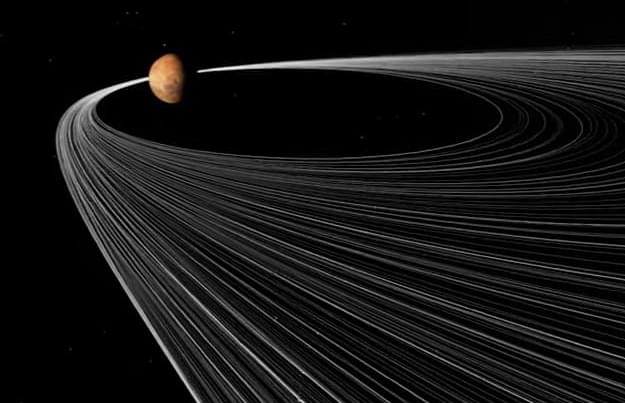
Making Mars’s Moons: Supercomputers offer ‘Disruptive’ New Explanation
A NASA study using a series of supercomputer simulations reveals a potential new solution to a longstanding Martian mystery: How did Mars get its moons? The first step, the findings say, may have involved the destruction of an asteroid.
The research team, led by Jacob Kegerreis, a postdoctoral research scientist at NASA’s Ames Research Center in California’s Silicon Valley, found that an asteroid passing near Mars could have been disrupted—a nice way of saying “ripped apart”—by the red planet’s strong gravitational pull.
The paper is published in the journal Icarus.
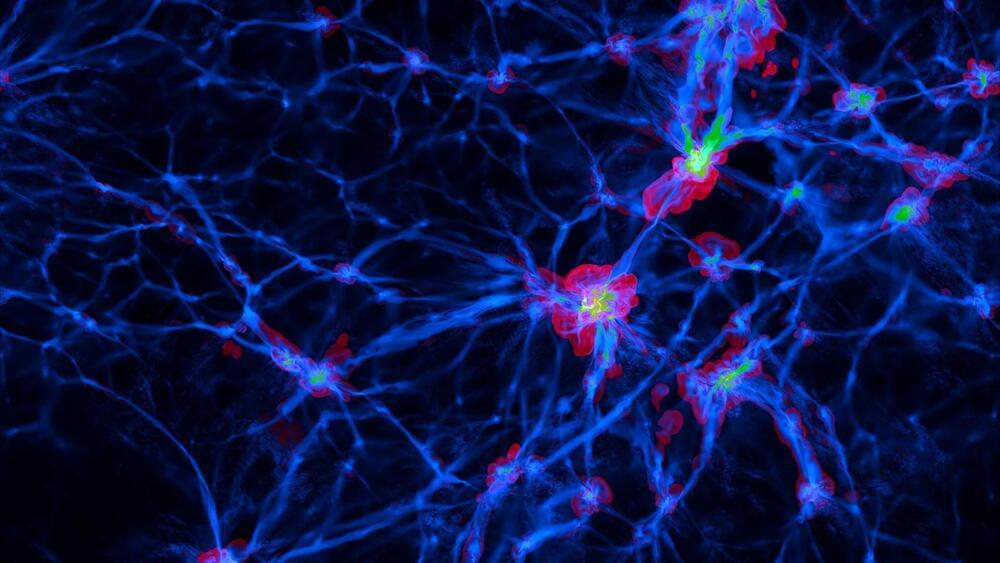
Unveiling the Universe’s Hidden Glow: Magnetic Shockwaves Illuminate the Cosmic Web
Recent studies have successfully observed magnetic shockwaves in the cosmic web by examining radio emissions between galaxy clusters.
This achievement, confirmed by comparing polarized light patterns with advanced simulations, opens new avenues for understanding cosmic magnetic fields and their role in the Universe’s structure.
Understanding the Cosmic Web.
A Type 7 Civilization: What Would Really Happen?
Imagine humanity achieving type 7 civilization – a level beyond our wildest dreams. What does it mean to be in control of not just our galaxy, but the entire universe? Would we become gods – or bring about our own demise?
Mindscape 298 | Jeff Lichtman on the Wiring Diagram of the Brain
Patreon: https://www.patreon.com/seanmcarroll.
Blog post with audio player, show notes, and transcript: https://www.preposterousuniverse.com/podcast/2024/12/09/298-…the-brain/
The number of neurons in the human brain is comparable to the number of stars in the Milky Way galaxy. Unlike the stars, however, in the case of neurons the real action is in how they are directly connected to each other: receiving signals over synapses via their dendrites, and when appropriately triggered, sending signals down the axon to other neurons (glossing over some complications). So a major step in understanding the brain is to map its wiring diagram, or connectome: the complete map of those connections. For a human brain that’s an intimidatingly complex challenge, but important advances have been made on tinier brains. We talk with Jeff Lichtman, a leader in brain mapping, to gauge the current state of progress and what it implies.
Jeff Lichtman received an MD/PhD from Washington University in St. Louis. He is currently the Jeremy R. Knowles Professor of Molecular and Cellular Biology and Santiago Ramón y Cajal Professor of Arts and Sciences at Harvard University. He is co-inventor of the Brainbow system for imaging neurons. He is a member of the National Academy of Sciences.
Mindscape Podcast playlist: https://www.youtube.com/playlist?list=PLrxfgDEc2NxY_fRExpDXr87tzRbPCaA5x.
Sean Carroll channel: https://www.youtube.com/c/seancarroll.
#podcast #ideas #science #philosophy #culture
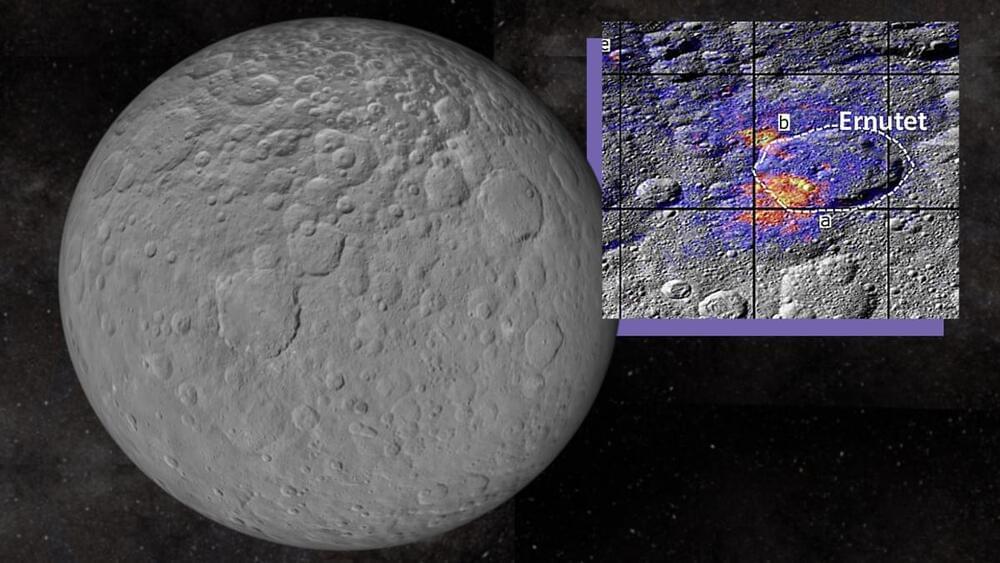
Dwarf planet Ceres could be rich in organics, defunct spacecraft data reveals
These findings dispute the former theory, suggesting the organic materials come from within the dwarf planet or are “endogenous.”
“The significance of this discovery lies in the fact that, if these are endogenous materials, it would confirm the existence of internal energy sources that could support biological processes,” team leader and Instituto de Astrofísica de Andalucía researcher Juan Luis Rizos said in a statement.
To investigate the organic compounds found on Ceres, the team used a new approach that examined the dwarf planet’s surface and the distribution of organic matter at the highest possible resolution.